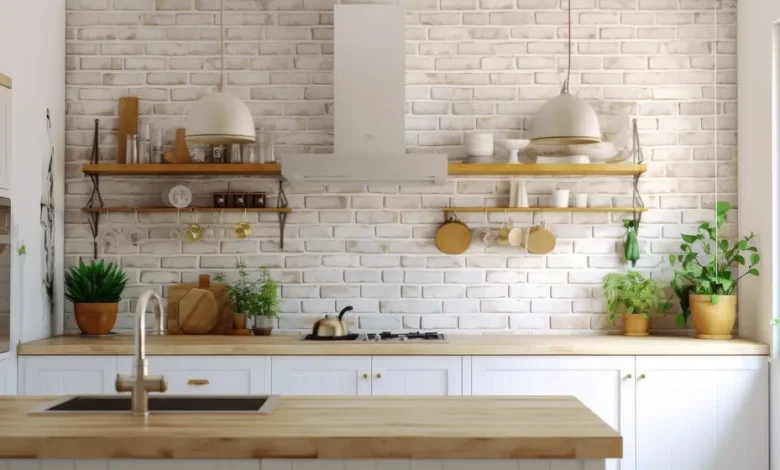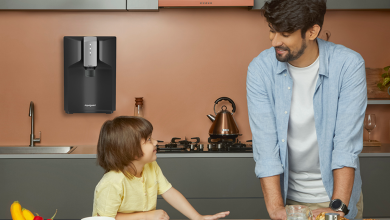The Impact of Interior Design on Psychology

The spaces we inhabit have a significant influence on our mental health and overall well-being. Thoughtfully designed interiors can help us feel happier, healthier, and more balanced in our daily lives. Considering how elements like color, lighting, and layout impact mood and cognition means interior designers shape spaces that uplift and restore us.
Color Affects Mood and Energy
Color is one of the most influential interior design elements on the mind and emotions. Each shade elicits unique responses in people that designers skillfully utilize.
Cool blues and greens foster relaxation and calmness. They evoke serene natural elements like gentle water or lush forests that lower heart rates and tension. Rooms painted these tranquil colors make ideal bedrooms and meditation spaces.
Conversely, bold oranges and reds energize and stimulate the mind. Incorporate them into spaces where you want to feel upbeat and excited like home gyms or hobby rooms. Just don’t overdo it, or the colors may become overwhelming.
Clean, bright whites feel refreshing and open. The experts at Bedrock Quartz say that white quartz countertops and walls help kitchens and bathrooms look crisp and clean. The uplifting color pairs nicely with any style from modern to traditional.
Lighting Supports Functionality
Proper lighting suited to a room’s purpose provides both physical and psychological benefits. The right fixtures support functionality while elevating mood.
In kitchens, bright general overhead lighting enables safe food preparation and cleanup. Targeted under-cabinet lighting further illuminates countertops. A dining area benefits from dimmable chandelier or pendant lights for ambience during meals.
In bedrooms, rely on layered bedside and overhead fixtures to set the right tone each evening. Reading nooks need focused lighting without glare.
Maximize Natural Light
Nothing beats natural sunlight streaming into an interior space. In addition to energy from daylight, views of nature reduce stress through biophilia, an innate human attraction to the natural world.
Maximize windows, skylights, and sun tunnels to fill rooms with natural light. Glass transoms above interior doors encourage light to flow between rooms. Install solar tubes or sky lights in windowless bathrooms.
Remove Clutter for Mental Clarity
Messes and clutter negatively impact mental clarity and cognition. Disorderly spaces with piles of stuff make it hard to concentrate. On the other hand, sparse interiors with room to think and breathe sharpen focus and productivity.
Create ample storage for things in kitchens, closets, entertainment spaces and bedrooms. Files and supplies stashed neatly away keep workspaces distraction-free. Clear counters and surfaces in living areas.
Promote Relaxation and Rest
Design decisions can transform rooms into relaxing sanctuaries that emphasize restorative rest. Enhance bedrooms and spa-like baths with design choices that soothe the senses and melt away stress.
Sound-absorbing rugs and textiles muffle noise in bedrooms for uninterrupted sleep. Blackout window treatments also contribute to peaceful slumber by blocking excess light.
Spa bathrooms benefit from calming features like soaking tubs, waterfall showers, and quartz or marble finishes. Scented candles and essential oil diffusers enrich the ambiance.
Promote Social Connection
Humans are innately social creatures who thrive when meaningfully connecting with others. Interior spaces designed to foster interaction enrich quality of life and relationships.
Kitchen islands create a natural spot for families to gather, talk, and feel close while meal prepping. Arts and crafts nooks support joint parent-child projects.
Define open conversation areas in living rooms with comfortable, spacious seating arranged in a circular layout. Position chairs to face each other. More on this topic can be found at isaimini blog.
Conclusion
The thoughtful design of our interiors directly affects mental health, cognition, stress levels, and relationships. Leveraging the power of design elements allows us to craft home spaces that help us live happier, more balanced lives each day.




